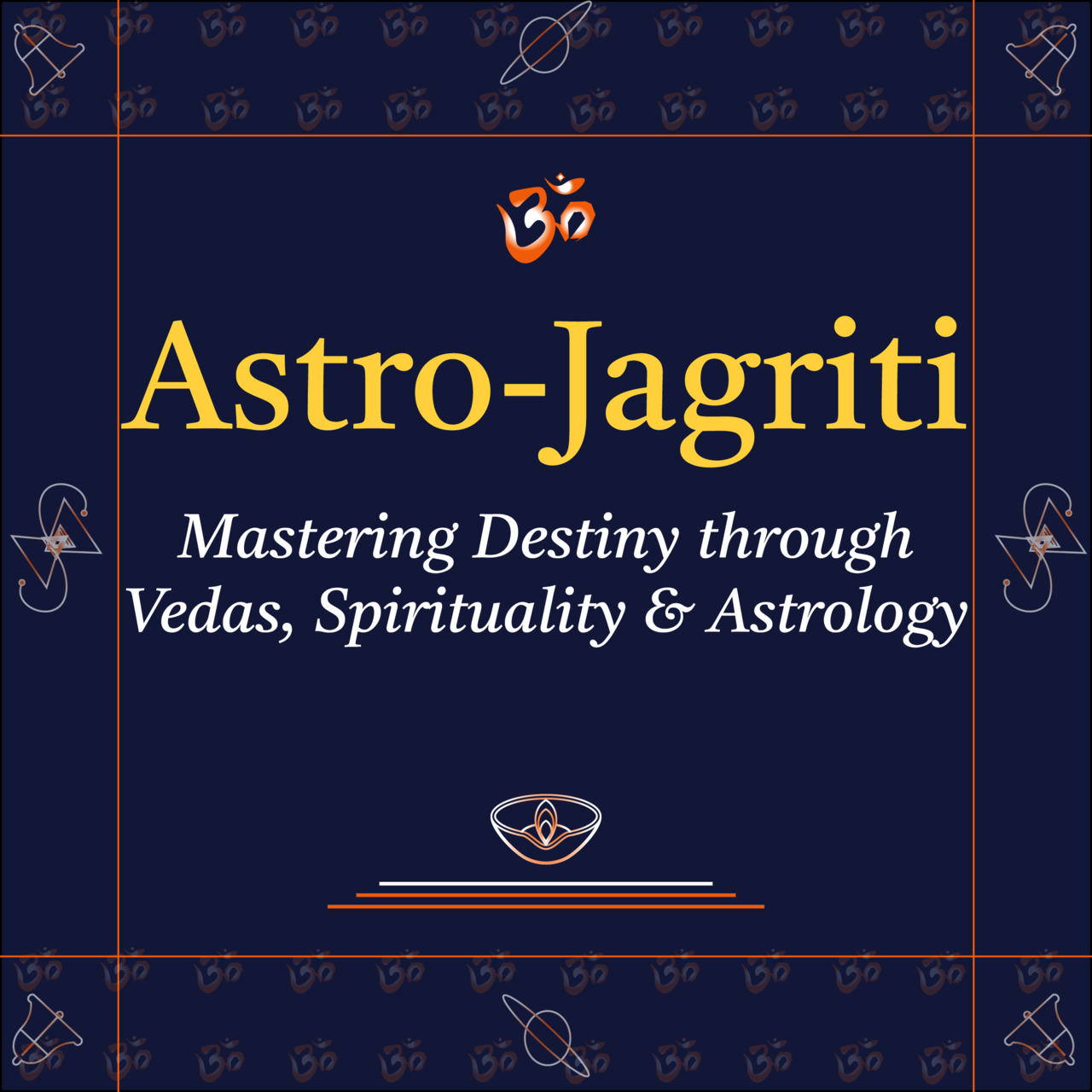
Astro-Jagriti
Astro-Jagriti seeks to utilize the wisdom of Vedas, Spirituality, and Astrology to empower individuals in navigating life's uncertainties with free will and rational thinking. 🪔
By registering you agree to Substack's Terms of Service, our Privacy Policy, and our Information Collection Notice